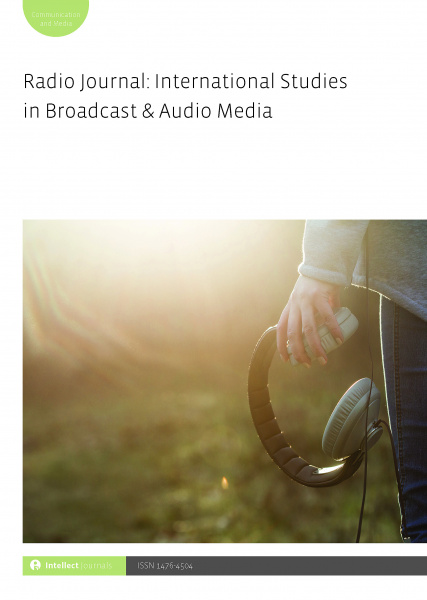
Full text loading...

Each weekday at one o’clock, American radio personality Mary Margaret McBride (1899–1976) chatted on the air with guests for 45 minutes. Her programme combined advertising, editorial content and interviews in a unique manner, and her relationship with listeners was experienced as close and personal. Building on radio scholars’ interest in the ‘intimacy’ of the medium, this article investigates the form and structure of McBride’s programme, how her listeners engaged with it, and the specific techniques and stylistic choices which contributed to these feelings of familiarity. Based on listener letters, newspaper clippings and the programme itself, this work explores the ways in which McBride and her listeners together developed an atmosphere of intimacy on her programme, notes how these relationships were deeply enmeshed in consumer culture, and suggests that McBride’s programme was a part of an emergent cultural formation, articulating novel structures of feeling which have since become dominant across media forms and have persisted over time.

Article metrics loading...

Full text loading...
References


Publication Date:
https://doi.org/10.1386/rjao_00080_1 Published content will be available immediately after check-out or when it is released in case of a pre-order. Please make sure to be logged in to see all available purchase options.